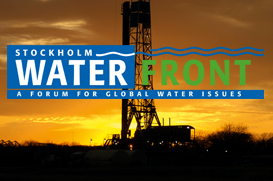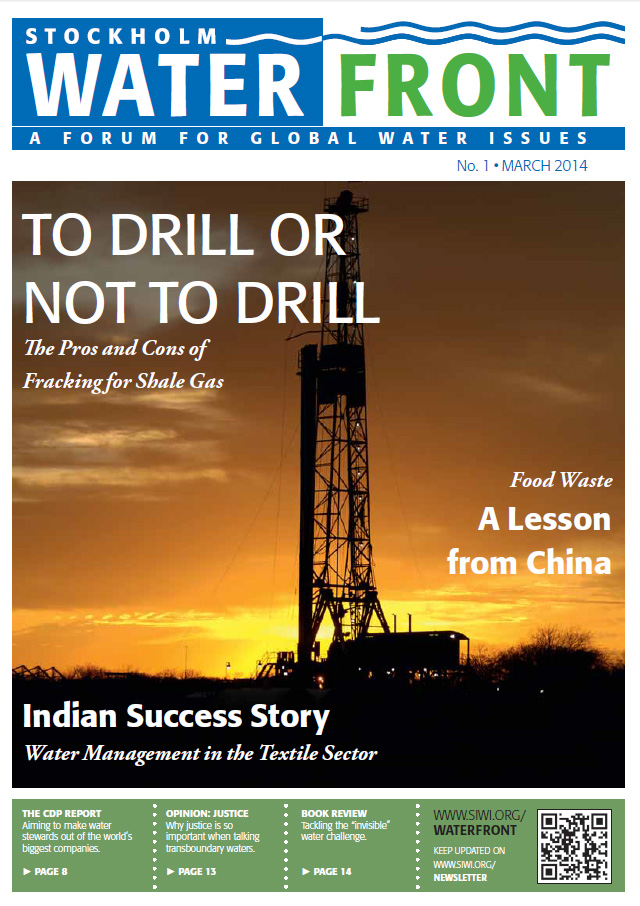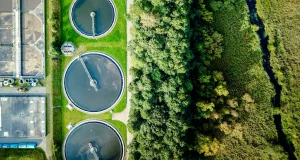Stockholm Water Front No 1 2014
Hydraulic fracturing – or fracking – is a hot topic, reported and debated in media and other arenas on a near daily basis. This way of extracting shale gas, involving huge amounts of water, is increasing in many parts of the world and the potential short term financial gains are undisputed. But science is struggling to catch up with practice.

We don’t yet know enough about the consequences for water resources of fracking. And while more in-depth research is carried out, we need a code of conduct for companies who are currently drilling for shale gas. Clear guidelines, says the energy industry, will exclude profiteers and protect responsible companies.

In our cover story for this issue, SIWI’s Andreas Lindström explains the intricacies of hydraulic fracturing and lays out the pros and cons for us to consider. We plan to return to this highly important issue on several occasions this year, not least in the run-up to and during World Water Week, whose theme this year is Energy and Water.
We have had good water news from India recently. A project among textile suppliers there, led by SIWI together with several Swedish fashion brands, showed that efficient water management in textile production could achieve both substantial environmental and financial gains. Read more on page 12.
In this issue, we also zoom in on the CDP Global Water Report, an initiative ultimately aimed at making water stewards out of major corporations. Furthermore, we read about some unique SIWI-led research concerning China’s food waste and what lessons we can draw, we hear why the word justice is so needed in the discussion about transboundary waters, and last but not least, SIWI’s Jenny Grönwall reviews a new book on groundwater. It’s all yours.


